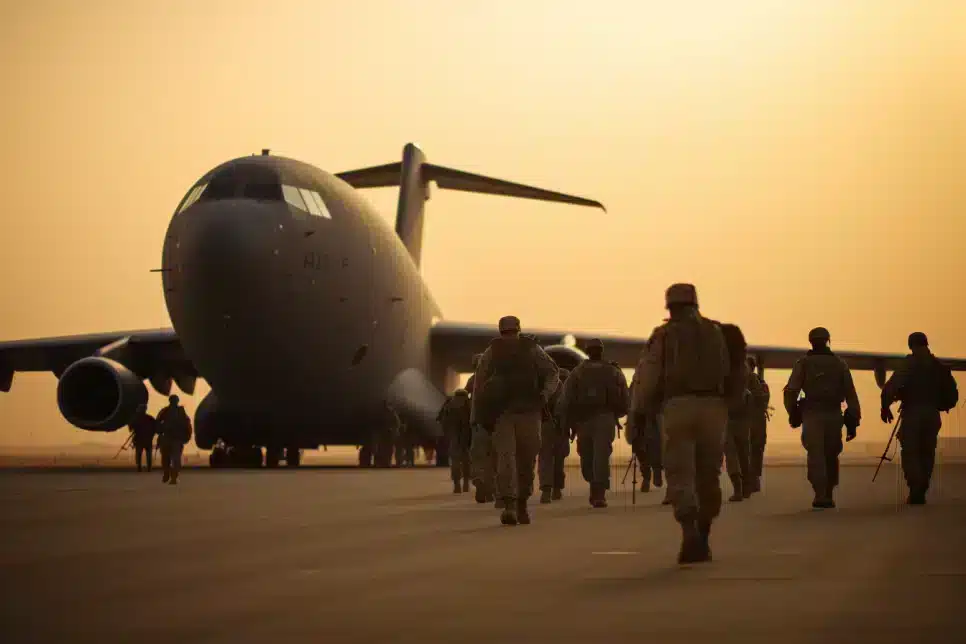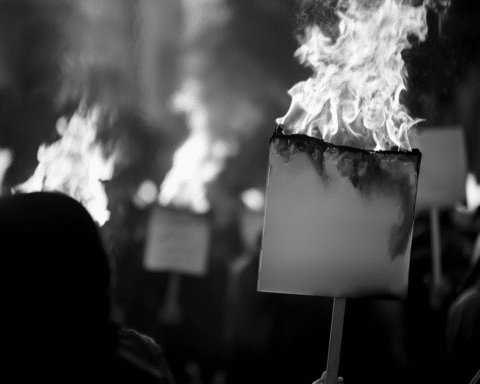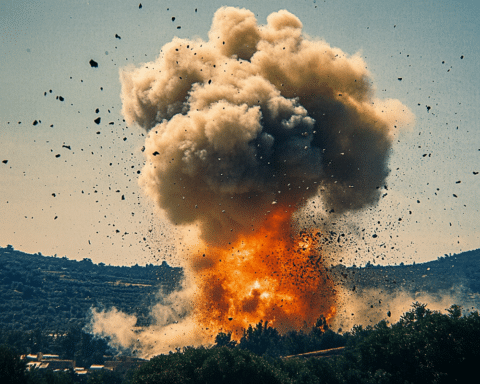The Middle East, a region long fraught with instability and conflict, now teeters on the brink of a confrontation between the United States and Iran amidst the broader canvas of the Israel-Hamas war. The recent escalation, marked by the tragic death of three US service members in a drone attack on a small outpost in Jordan, underscores the volatile situation. This incident, the first of its kind since the onset of the Gaza war, was attributed to Iran-backed groups by US President Joe Biden, who vowed retribution. Despite Iran’s denial of direct involvement, the accusation adds fuel to the already simmering tensions between the two nations.
The landscape of the conflict is complex, with Iran and the US engaging in a series of tit-for-tat attacks across the region involving a network of militias and proxy forces. The US, in its attempts to counter Iran’s influence, has conducted strikes against Iranian-backed groups in Yemen, Syria, and Iraq. Conversely, Iran-linked groups have targeted American personnel, escalating a proxy conflict that threatens to erupt into a full-scale war. This dynamic is further complicated by Iran’s support for anti-Western and anti-Israel militias, including the Houthi rebels in Yemen and Hamas, contributing to regional instability and global trade disruptions.
Despite its intent to pivot away from the region, the US’s military reinforcement in the Middle East signifies the seriousness with which it views the current threats. With an increased military footprint, including the deployment of 1,200 service members and significant naval assets, the US aims to safeguard its interests and allies against Iran’s growing assertiveness.
The presence of both US and Iranian forces across key areas in the Middle East, including Iraq, Syria, and Lebanon, sets the stage for potential direct clashes. In Iraq, Iran exerts influence over several Shiite militias, while in Syria, its Quds Force supports the Assad regime alongside other Iranian-backed groups. Lebanon, with Hezbollah as a dominant force, and Yemen, with the Houthi rebels challenging maritime security, are also critical flashpoints in the proxy conflict.
As the region stands at a crossroads, the international community watches with bated breath, hoping for a de-escalation of tensions. The possibility of a broader regional war looms large, threatening not only the stability of the Middle East but also global peace and security. The call for restraint and diplomatic engagement has never been more urgent, as the ramifications of a direct conflict between the US and Iran could be catastrophic.
In closing, the situation in the Middle East demands careful navigation and a concerted effort towards peace. The international community must work together to prevent the current tensions from spiralling into a conflict that could have far-reaching consequences. As history has shown, the costs of war far outweigh the benefits, making the pursuit of diplomatic solutions imperative for the region’s future and the world at large.




